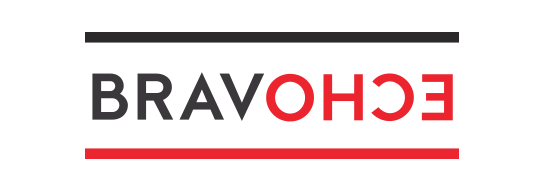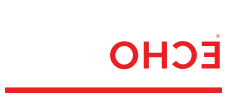
04 Sep Eight Communication Traps That Foil Innovation
By Georgia Everse for Harvard Business Review, originally published on hbr.org
Most leaders are interested in growing their businesses through innovation, but it’s risky business: most innovation efforts fail. After years of helping to make innovation happen as chief communications officer at Steelcase and as a consultant, I have a point of view that I’m willing to bet on. Innovative ideas, initiatives, products, culture transformations, you name it, have little chance to succeed if they aren’t enabled by smart communications. This includes communication within the core team, broadly in your organization, and with key stakeholders outside the organization, including your distribution channel partners, suppliers, journalists, investors and of course, existing and potential customers. Here are eight traps to avoid as you innovate:
No. 1
Don’t break ground in the wrong direction.
If your organization hasn’t explicitly communicated your core reason for being, you’ll need to start here. Overall performance is compromised when your people don’t understand the deeper meaning behind why they come to work everyday. Innovation takes time and costs money so projects that aren’t clearly linked to your “why” are especially vulnerable to fail. Your innovation teams need this level of clarity to guide their efforts and thinking and your leaders need it to inform decision-making related to innovation and how it contributes to your future growth.
No. 2
Don’t lose sight of the horizon.
The complexity and uncertainty of forging new ground makes it easy to get lost. Make thinking visible to help teams stay on track and reinforce their goals. Post project charters and preliminary objectives, display important research findings that keep user insights front and center, leave every version of your prototyping efforts in view so that the iterations can be better evaluated. This type of digital and analog “information persistence” may appear chaotic, but it increases your chances for successful innovation. A designated project space displaying these results at key milestones in the process will augment the creativity and decision-making power of your team and will serve as a crash course for stakeholders who need to be brought up to speed.
No. 3
Don’t make the process a mystery.
Successful initiatives are supported by a well-defined process, which should become the foundation for successful internal communication. Although many aspects of innovation efforts need to be kept confidential and have sensitive timing issues, the process should not be a secret. Share it broadly in the organization and celebrate progress against it often. This helps people understand where you are in the journey and the connections between immediate and future decisions and their consequences to the project.
No. 4
Don’t under-communicate.
For it to be successfully implemented, your development project needs to be accepted into the operations side of the business. This hand-off is a time of high risk and often fails because general management, human resources, marketing, communications, and sales teams haven’t been informed along the way. There is no such thing as over-communication when it comes to preparing these important stakeholders for taking your innovation to market or integrating it into the corporate culture. Spend time to bring them into the discovery process, give them a deep understanding of the opportunities, and excite them with your approach and novel solutions.
No. 5
Don’t let cynicism undermine the process.
Taking your company into new territory of any kind never comes without some healthy skepticism from your positive team players and cynicism from your naysayers. Allow them to internalize and feel positive about change by bringing the future to life. Tell stories and create experiences that put them in the role of the customer, where they can touch and feel a prototype of the new product or service. Use skits, storyboards, and films to develop customer personas and scenarios. These approaches will help them see the potential in the project and better understand how the new solutions will meet and exceed customer needs.
No. 6
Don’t let key insights hide in a binder.
The best ideas are born out of a discovery process that unveils insights into the behavior patterns of people. These learnings result in a deeper understanding of needs and desires and the ability to create positive solutions. But they’re not just useful for your development team — they become your strongest communications tools and great fodder for marketing as well. Use them as the basis for storytelling that inspires and educates all the groups in the organization that are responsible for developing to-market strategies or interaction with customers no matter where they influence the customer experience. This deeper understanding will enable them to make stronger connections and to forge customer relationships that stick.
No. 7
Don’t let jargon hide the truth.
In most organizations different functional groups use their own languages. Recognize the power of words in getting the development team aligned and achieving the positive results you hope for. Your finance person calls it financial modeling, your design person calls it rapid prototyping, yet they are both undertaking a similar and necessary discipline of exploring opportunities as they work to fine tune a solution. Challenge your team to build a common language and to be explicit about using terminology that resonates with everyone in the organization.
No. 8
If it’s off-brand, don’t do it.
There should be a strong connection between your growth initiatives and your brand strategy. The two should inform and sustain each other. Be sure to consistently communicate the benefits and attributes of your brand with development teams to ensure they are embodied in the solutions they create. Develop a brand audit tool and use it early in your process. This will guide decision-making and only allow initiatives that meet certain brand criteria to be approved for further development. Any solution that isn’t credible and compelling for your brand will be a threat to its strength and unlikely to succeed in the market.



